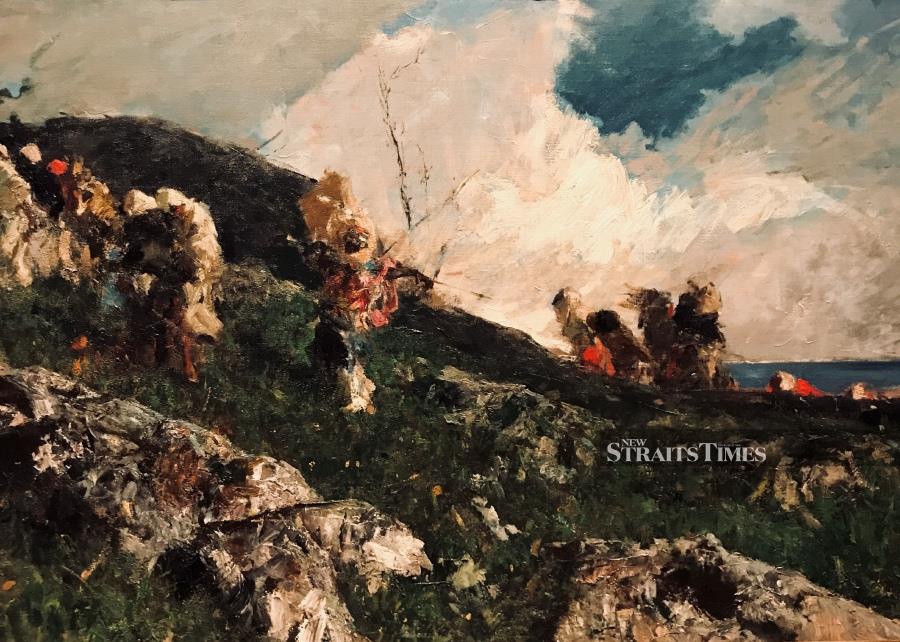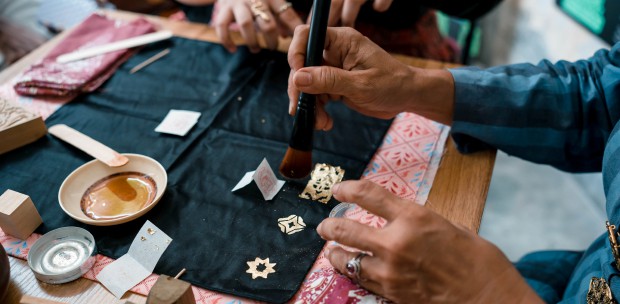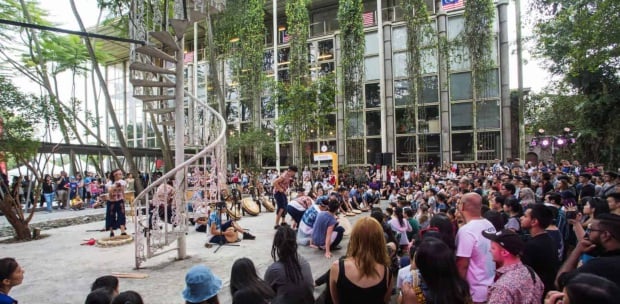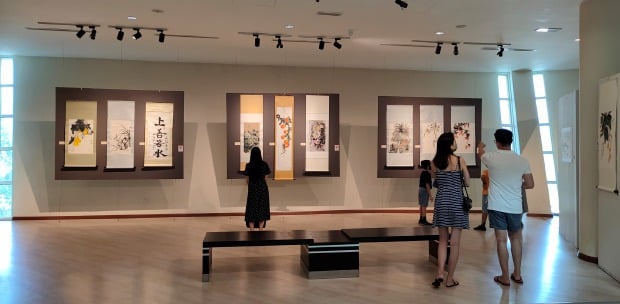THERE have been many exhibitions of Asian and Islamic art around the world in the past few decades. Many of them have been in London, New York, Paris and, of course, the Gulf. Some have even been about the creative interaction between East and West. Much rarer is a display of how cultures from outside Europe were in charge within a continent that is so keen to keep foreigners out.
The latest exhibition at London's Royal Academy actually features a lot of Islamic art, despite having a title that doesn't entirely indicate this. "Spain and the Hispanic World" delivers most of what it promises: from four thousand years ago up to the 20th century. It's a huge exhibition, which means plenty of space for the long period when much of Spain — and Portugal for a shorter time — was ruled by Muslim overlords.

As for the "Hispanic World" part of the title, which should really refer to Spanish and Portuguese colonies, there is no contribution from Asia, North Africa or other parts of the Islamic world. This element is highlighted when it comes to the Iberian Peninsula, but ignored for the vast swathes of land that later became Spanish and Portuguese.
By the time Spain and Portugal became colonisers, these two kingdoms were very Christian. Sadly, it seems that another low priority for the exhibition is the contact between the Hispanic colonies in the Americas and those in Asia. It would have been interesting to hear more about the substantial activity between the Americas and the Philippines, Goa, Macau and our very own Melaka.
A GREAT LEGACY
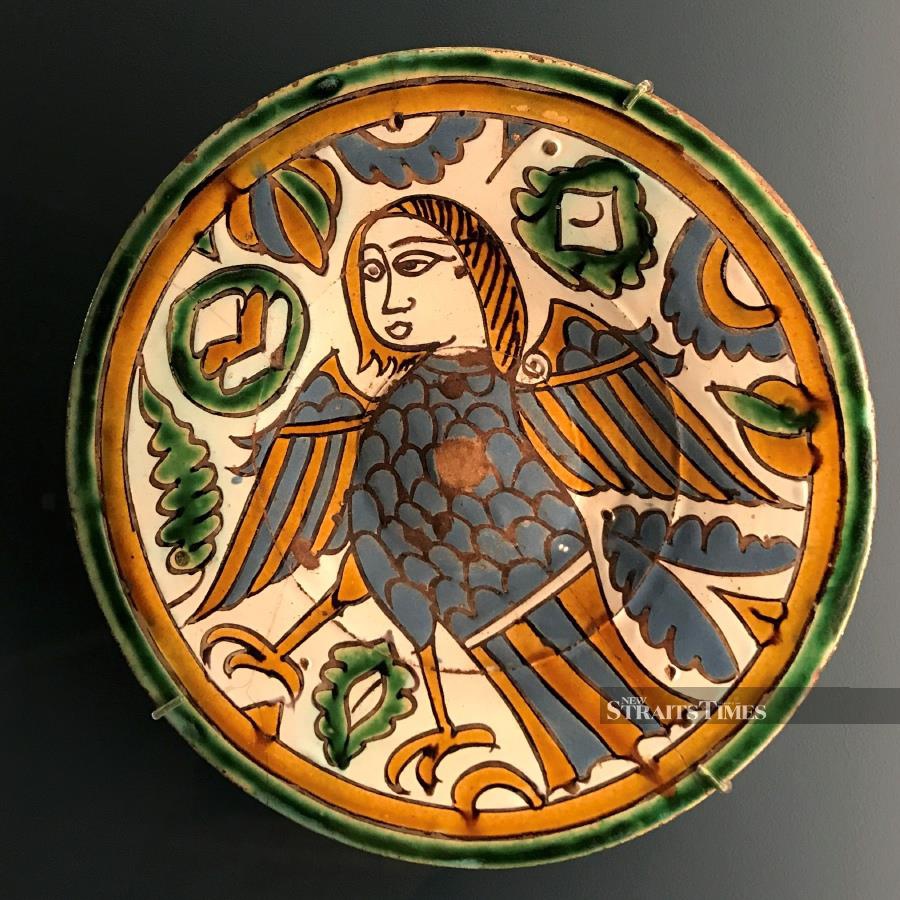
The entire exhibition is from the collection of the Hispanic Society of America. When it comes to the name of this venerable institution, put any thoughts you might have of West Side Story to one side. The Hispanic Society is as far from the world of the Jets and the Sharks as it is possible to find on the island of Manhattan.
The massive collection of 18,000 works of art was mostly accumulated by one very rich and sophisticated man: Archer Huntington. Fortunately, the founder decided that relics of Al-Andalus were going to be part of his buying spree more than a century ago.
No phase of Hispanic culture has been overlooked. There is plenty of gallery space allocated to the more southerly part of Spain. Al-Andalus lasted for seven centuries and often combined Christian and Islamic cultures so seamlessly, they became the same thing in visual terms.

By the time the Christian Reconquest had really got going, the biggest transformation was the quantity and strong identity of Catholic art that eventually came to characterise Spain. Before the Iberian kings went all out to eradicate the Muslim past, and often the Muslim and Jewish populations too, those alien cultures had literally become part of the local furniture. The designs of weavings from the Islamic period continued for centuries after, and they are still visible in tilework and other products of the peninsula.
The greatest legacy of those centuries of Muslim domination of Spain was the ceramics industry. From the delicate calligraphy and geometry of the Alhambra, to the shimmering lustre wares that were unchallenged for centuries, a debt is owed to the emirates that ruled in Spain.
Some of these contributions may not seem significant, unless you happen to be an apothecary. The development of the albarello jar is one invaluable example that travelled from West Asia to Islamic Spain, and then on to the rest of Europe.
It proved useful to early medical practitioners everywhere. There are many examples from the Hispanic Society collection on display, and they are a lot more decorative than modern storage receptacles.
DIFFERENT SIDE TO THE STORY
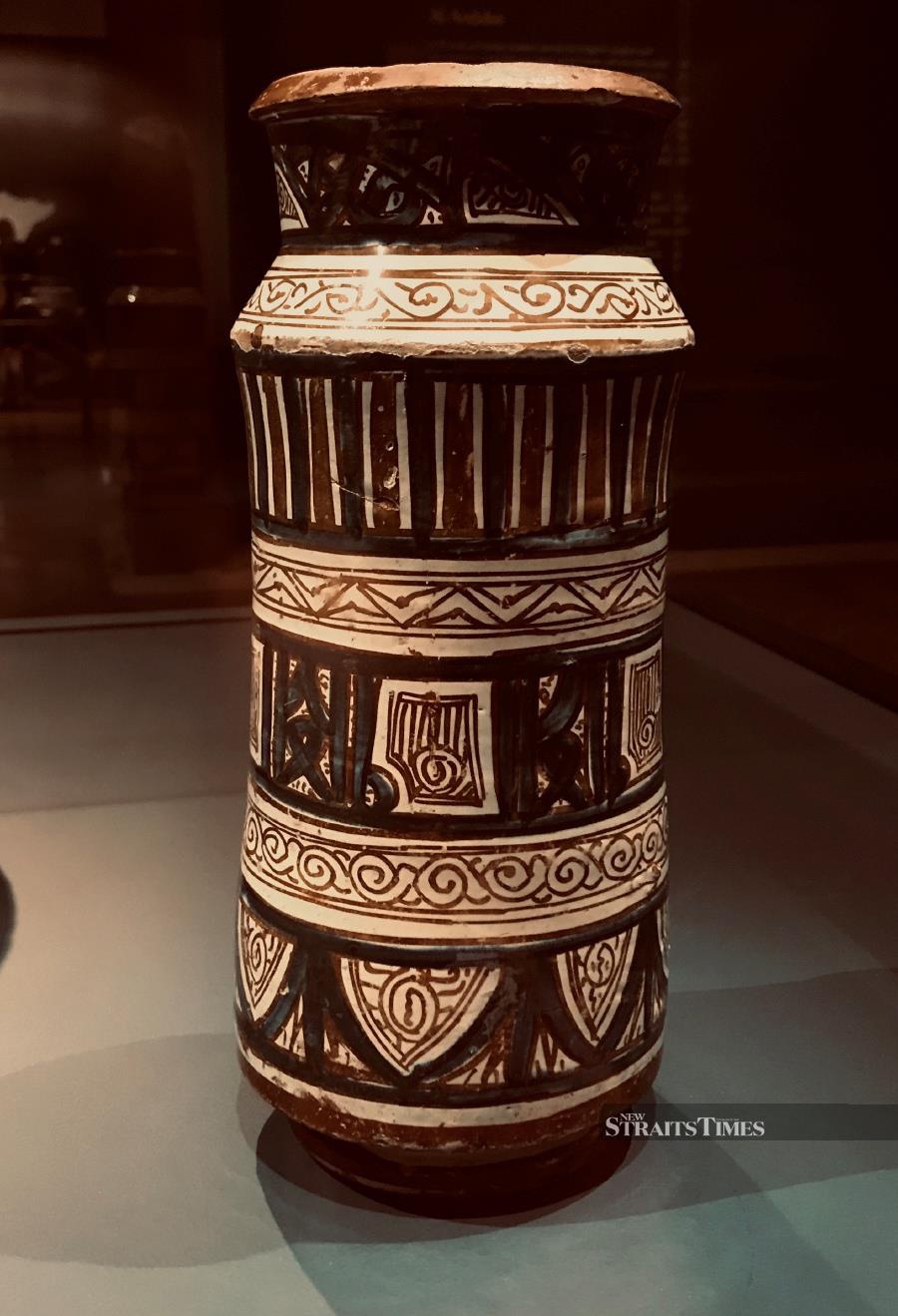
The albarello was part of a period of interaction that the Arab world is still very proud of, even if many Spaniards would now prefer to forget it. Surprisingly, it wasn't always like this. In the 19th century, there was a revival of Spanish interest in the non-Christian past that led to some of the finest inlaid metalwork that Europe has ever seen.
It's not much in evidence at this exhibition. Instead, there is a painting from the same era that shows a different side of the story. It's a work by the Orientalist artist Mariano Fortuny (father of the famous fashion designer with the same name) showing an episode from the most relevant interaction of the time. Needless to say, the Spanish-Moroccan War of 1859-60 was hardly a time of mutual benefit and understanding.

The main draw of the exhibition is not the Islamic, Christian or Latin American works on display. It's the Duchess of Alba (1797), a painting that appears countless times in books, but would require a visit to the Hispanic Society to view in the flesh.
This version of Goya's greatest patron is fully clothed and as haughty as could be hoped for. It's the artist at his painterly best. It seems that paintings — not medicinal jars — are what art lovers really like to see.
SPAIN AND THE HISPANIC WORLD
Where: Royal Academy, London.
Until: April 10, 2023
Follow Lucien de Guise at Instagram @crossxcultural.


